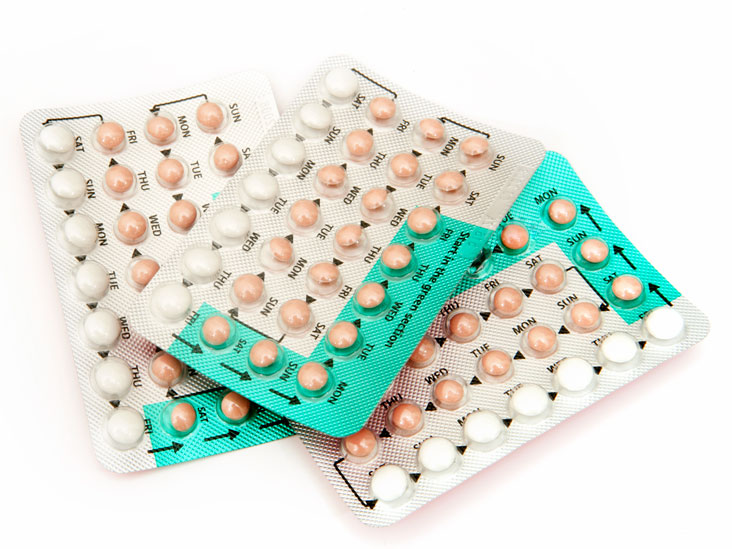The effectiveness of your birth control is determined by the sort you use, as well as whether or not you follow the instructions correctly. Some contraceptions are more effective than others. To be as efficient as possible, you must follow the directions carefully and employ your method correctly. Some birth control options, such as implants, don’t require you to remember to take or use them. These are referred to as “no user failure” methods. Contraceptives aren’t entirely effective, and some can have harmful side effects. Determine what birth control options are accessible so you can pick the best one for You.
Long-active reversible contraceptive (LARC) methods
You don’t have to keep track of them. They have no user failure, so they’re just as efficient when used regularly.
Contraceptive implant
The implant requires a year to be effective, and with proper usage, it is more than 99% successful. They last three years before being taken out. In a year, less than 1% of women using the device will become pregnant.
Intrauterine system (IUS)
The copper IUS has a nearly 100% effectiveness rate. An IUS is effective for three to five years, depending on the type. When using an IUS, fewer than one in 100 women will become pregnant over three to five years.
Intrauterine device (IUD)
Symptoms of an IUD include menstrual bleeding that is heavier than usual, amenorrhea (absence of menses), and heavy or painful periods. An IUD can last anywhere from 5 to 10 years, depending on the type. The chance of getting pregnant in a year is approximately 1 in 100 for different types of IUDs.
Contraceptive injection
Contraceptive injection
The best choice for most women. Almost all women will be protected against pregnancy if they take injections every day. Regular use is around 94% effective. Around 6 in 100 women will get pregnant each year when using contraceptive injections on a daily basis. The injection is effective for 8 or 13 weeks, depending on the type.
Patch and ring
Contraceptive patch
More than 99% effective. When women use the contraceptive patch correctly, they have a 99% chance of avoiding pregnancy in a year. The typical use is about 91% effective. In a year, 9 out of 100 women who utilize the patch will get pregnant.
Vaginal ring
The vaginal ring is a great choice for long-term birth control. It’s more than 99% effective in preventing pregnancy. When used correctly, fewer than 1 out of 100 women will get pregnant in a year. 91% effectiveness is typical. In a year, 9 in 100 women who use the ring will become pregnant.
Contraceptive pill
Combined contraceptive pill
Contraceptive pills such as Microgynon are more than 99% effective. When women use the combined pill correctly, fewer than 1 in 100 of them will get pregnant every year. Typical use will be around 91% effective. In a year, 9 out of 100 women who use the combined pill will get pregnant.
Progestogen-only pill
Perfect use of this pill will work effectively every day. When using the progestogen-only pill correctly, around 1 in 100 women will get pregnant in a year. With typical use, 91% is the effective rate. In a year, around 9 out of every 100 women will get pregnant.
Male and female condoms
Male condoms
The effectiveness of the perfect usage is 98%. This indicates that in a year, 2 out of every 100 women who have partners who use condoms will get pregnant. With typical usage, the effectiveness is about 82%. This indicates that around 18 women in every 100 will get pregnant in a year.
Female condoms
The perfect use of a female condom is 95% effective. In a year, 5 out of 100 women who use a female condom will become pregnant. With typical use, there is around 79% effectiveness, meaning around 21 in 100 women will get pregnant in a year.

Leave a Reply